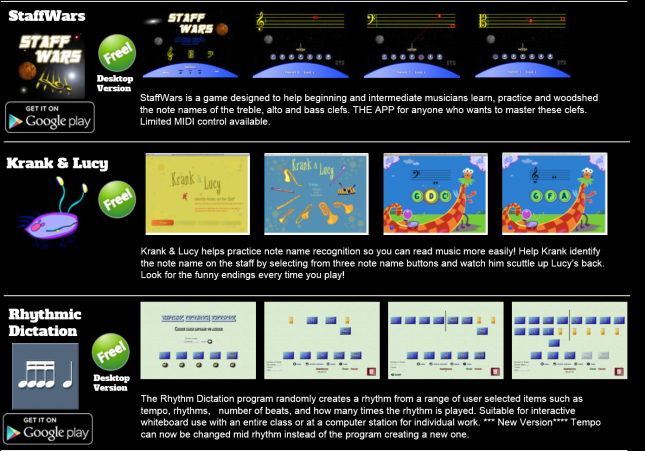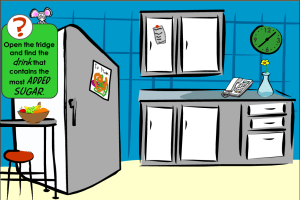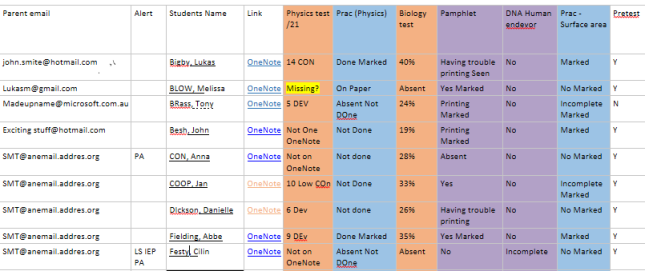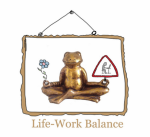Lets face it, double Mathematics on a Friday afternoon can be a hard sell in any school. In an ideal school all afternoons would be Art, Drama and Physical Education but the reality of timetabling in secondary school means that just about every class ends up with at least one afternoon lesson. With the limited amount of teaching time in any school year we can not afford to waste valuable time but engaging students of an afternoon can be tough. An effective use of interactive programs can trick your students into learning without them realising it.
Spend ten minutes on the internet and you realise that there are hundreds of people creating thousands of educational tools in just about any area. The biggest problem is that they all vary greatly in quality. I came across a site that claims to help teach Romeo and Juliet. It is a simple line maze that you navigate with arrow keys. One you complete the maze you get a small quote. Fun if you like mazes but a complete waste of time if you want your students to develop a deeper understanding of the Shakespearean text. It is imperative that all sites are evaluated for the learning outcomes we are trying to achieve.
 Finding a wide range of interactives is relatively easy. In a quality search engine, like Bing, just search for ‘interactive’, ‘games’, ‘fun activities’ and the subject matter. Look at several of the sites and create a short list – make sure you go beyond the first page of the search engine. Play them yourself and ask yourself the following questions:
Finding a wide range of interactives is relatively easy. In a quality search engine, like Bing, just search for ‘interactive’, ‘games’, ‘fun activities’ and the subject matter. Look at several of the sites and create a short list – make sure you go beyond the first page of the search engine. Play them yourself and ask yourself the following questions:
- What do you want the students to learn from this experience?
- Does this program address these objectives?
- Is the program/game/interactive easy to use?
- Will it capture the students interest and maintain it?
- Is there any advertising etc. that is not appropriate for your students to view?
Once I have answered all these questions I often choose two or three and place screen clippings onto OneNote for students to easily access the link.
 All this takes a huge amount of time. Many programs I think they would love, they quickly lose interest in and others that I think are lame, they love. One way I overcome this is by getting my students to do the leg work. I offer a prize for the best interactive on the topic they are currently studying. They need to review it and if it scores a 7 or more they email the site and review to me and I put it on OneNote for all to share. Students are expected to address the following questions:
All this takes a huge amount of time. Many programs I think they would love, they quickly lose interest in and others that I think are lame, they love. One way I overcome this is by getting my students to do the leg work. I offer a prize for the best interactive on the topic they are currently studying. They need to review it and if it scores a 7 or more they email the site and review to me and I put it on OneNote for all to share. Students are expected to address the following questions:
- What does this site teach you about?
- How easy is it to use? Explain?
- What are the best parts?
- What are three things that could be done to improve this game/interactive?
- What age group is it designed for? Why do you think this?
- Would you recommend it to other students? Why/Why not?
- Rate this game/interactive out of 10?
This gives me 30 individual search engines all working towards a common goal. Often they forget that there is a prize on offer. I sometimes get students to work in pairs or groups of three and the quality of conversation amazes me. They are very harsh critics but when somebody finds an effective learning game or interactive the buzz around the classroom can be electric.
 Some classes (or individual students) find the freedom of searching for an interactive task tough. They get easily distracted and end up playing something completely irrelevant. For these student I tend to have a few screen clippings, with URL link, already on OneNote. They need to do the same task but just with the sites I have already placed on OneNote.
Some classes (or individual students) find the freedom of searching for an interactive task tough. They get easily distracted and end up playing something completely irrelevant. For these student I tend to have a few screen clippings, with URL link, already on OneNote. They need to do the same task but just with the sites I have already placed on OneNote.
As an extension to this you could even get students to design their own interactive or game. There are heaps of programs out there that can assist with this. Ask your IT teacher for some ideas.
The use of interactive sites and programs is free and fun. Students can learn while thinking they are playing games and it can reinvigorate a topic that is becoming a bit boring. Effective use of interactive programs can trick your students into learning without encouragement and cajoling that is often need for an afternoon lesson after a long day.
Sites shown above:







